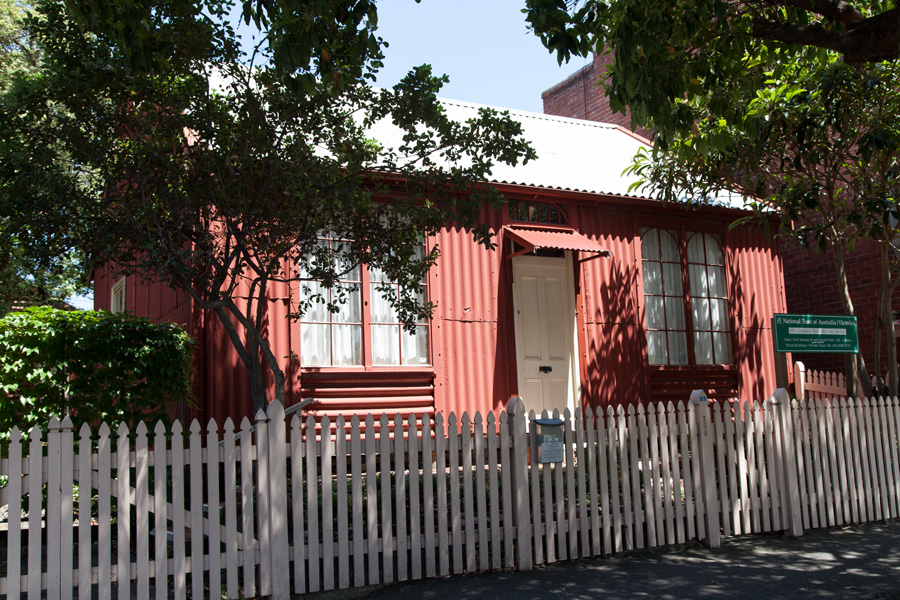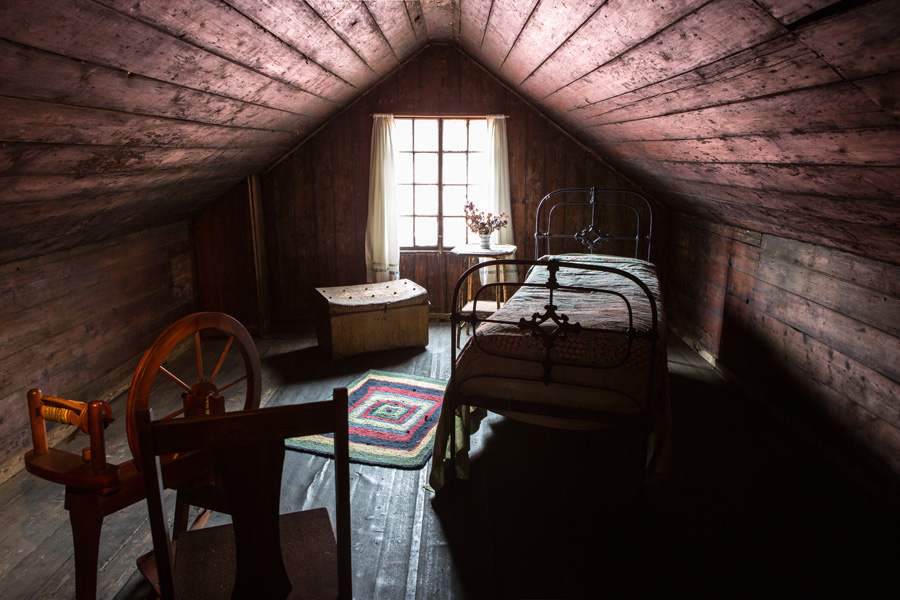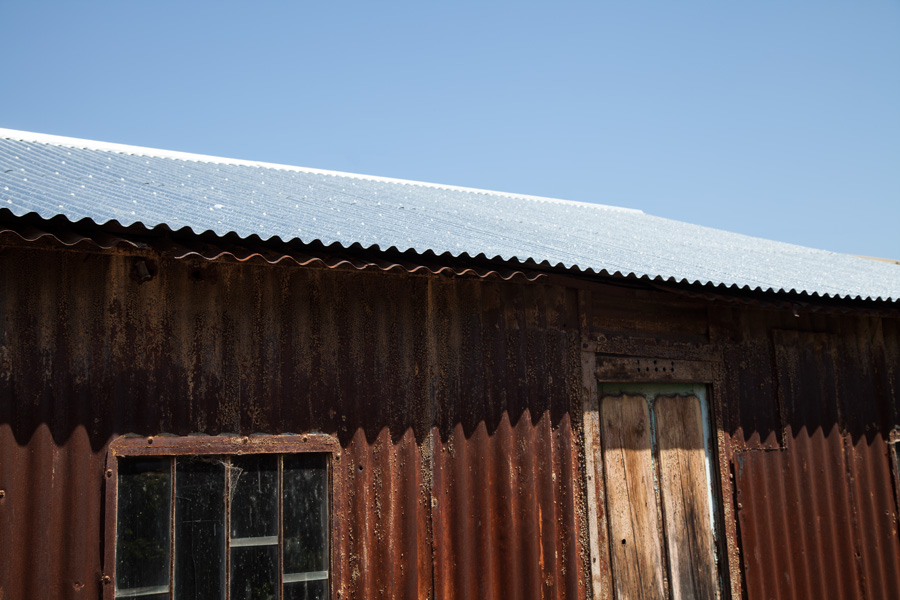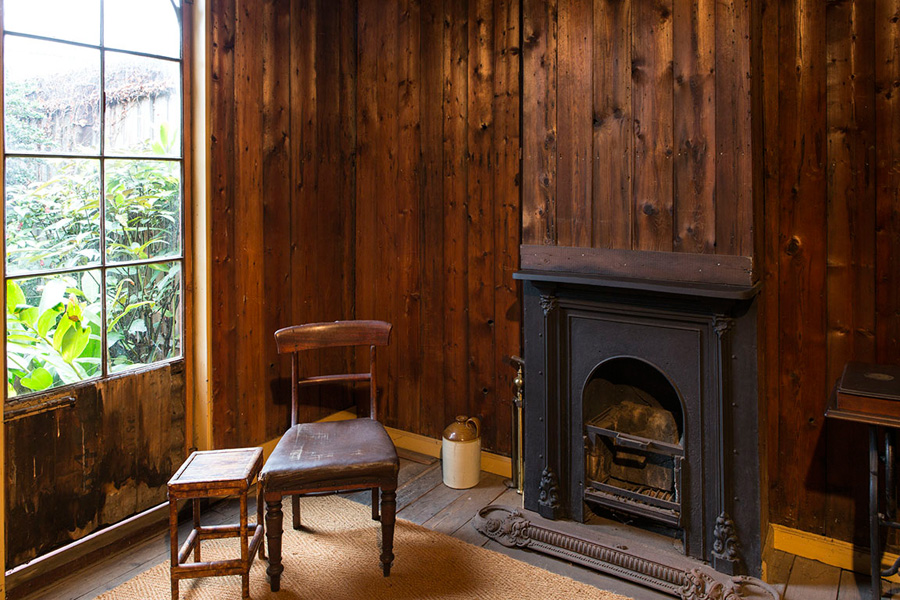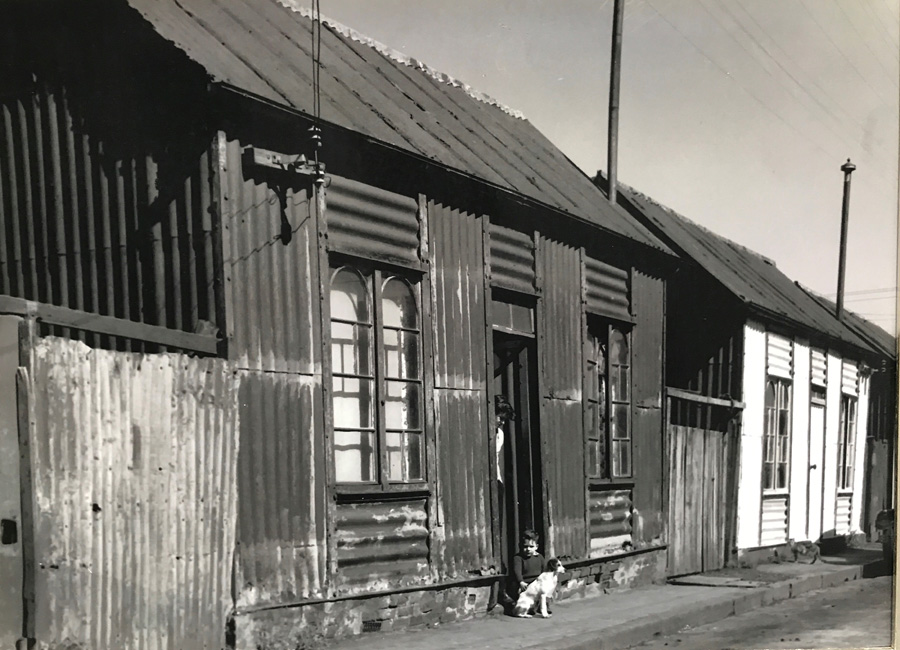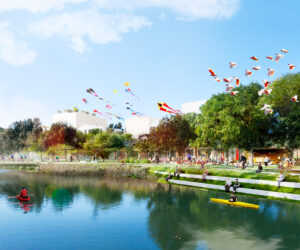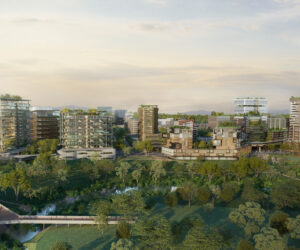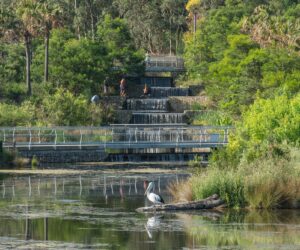Portable iron houses: a small history lesson
Homes in Australia these days may be among the largest in the world, but it most certainly wasn’t always that way. While living small is regarded as the future of residential development, there are excellent examples of small-scale architecture in practice from our past.
The Industrial Revolution introduced architects and builders to entirely new methods of construction. Prefabrication was an industrial wonder that dramatically streamlined the process of residential development. In Melbourne, prefabricated iron buildings were imported from overseas to accommodate the growing population during the Victorian gold rush period in the 19th century. By 1855, South Melbourne was home to 100 of these buildings.
In proceeding years, these modest iron houses were superseded by more permanent dwellings that reflected the developing wealth and prosperity of the colony. Today, three portable iron houses remain in Melbourne for public viewing. These homes provide a glimpse into life as it was many moons ago and an insight into the architectural legacy of prefabrication.
Patterson House at 399 Coventry Street is the only iron house to still reside on its original site. It was one of over a dozen iron dwellings built in the near vicinity by 1855. The home is believed to be the work of Robertson and Lister of Glasgow. Its walls are lined with timber crates because at the time, prepared timber was a scarce resource. The distinctive wall lining of Patterson House was only discovered when the National Trust acquired the building in 1967, and its wallpaper was stripped back to reveal numbering and initials on the timber.
Bellhouse House almost met with an untimely end. Assembled in Fitzroy in 1854, it was threatened with demolition in 1970 to make way for a block of flats. Mercifully, it was spared and reassembled on the Coventry Street site. Bellhouse House was made by leading manufacturer at the time, Edward Taylor Bellhouse of Manchester, England. This iron dwelling is one of a kind: it is believed to be the only Bellhouse building in existence in the world today.
Abercrombie House was similarly rescued from North Melbourne. This house was made by Morewood and Rodgers, a manufacturer that chiefly exported to the Californian goldfields. The wallpaper of Abercrombie House is considered especially historically significant because it dates back to last century. In fact, this home was last lived in as recently as 1976.
Prefabrication lends itself ideally to the small-scale living movement. The portable iron houses of the Victorian gold rush were ordered from a catalogue and could be catered to the needs of tenants – much in the same way that modern prefabrication can be customised to the individual.
Designers like ArchiBlox represent the latest developments in prefabrication design and technology. Their dynamic and technically-advanced buildings are descendants of these South Melbourne homes.
Analysing the how people live small is at the heart of MINI LIVING – INVERT. These portable iron houses go to show that smalls-scale design is a timeless topic.
The three iron houses are open for public viewing at 399 Coventry Street, South Melbourne. Visitor information is available at the National Trust website.
nationaltrust.org.au/portable-iron-houses/
